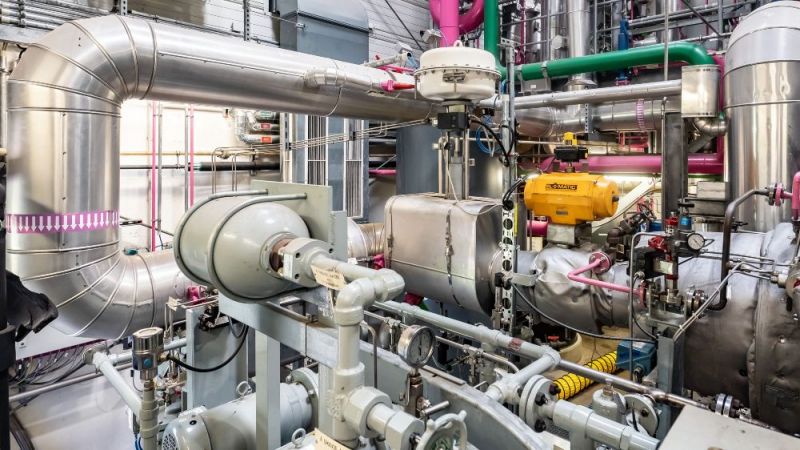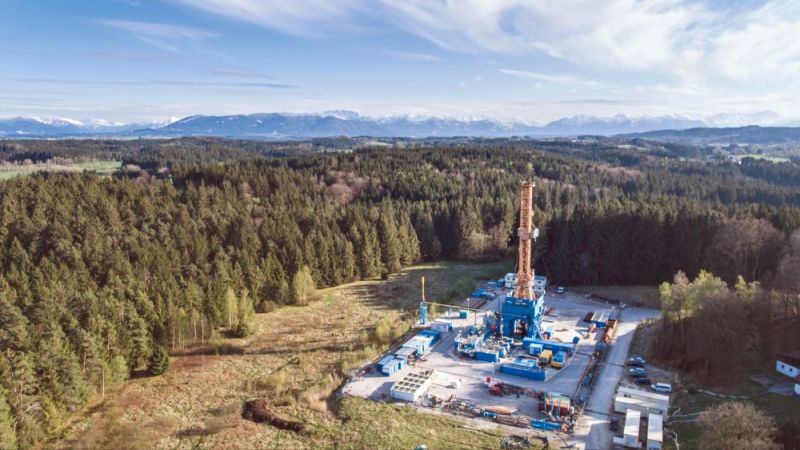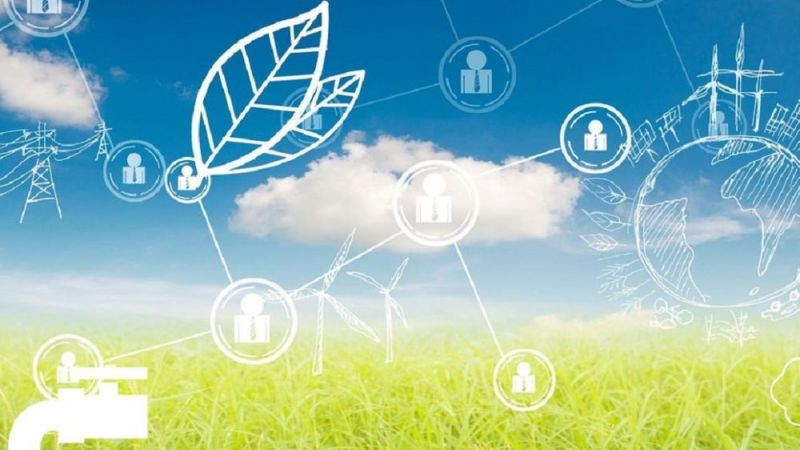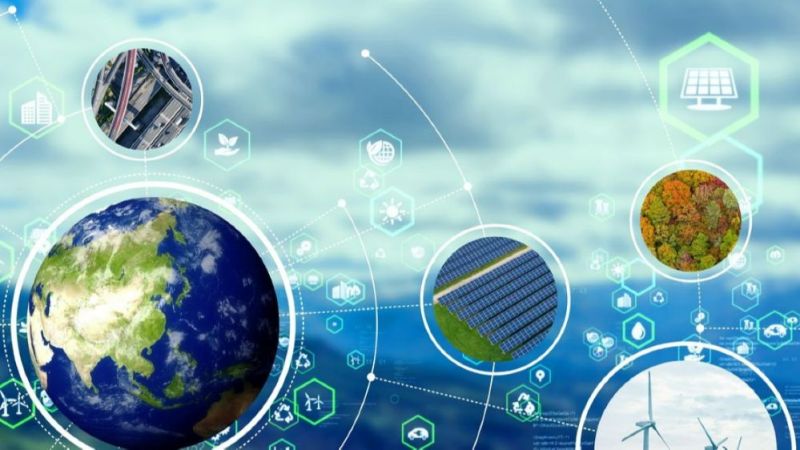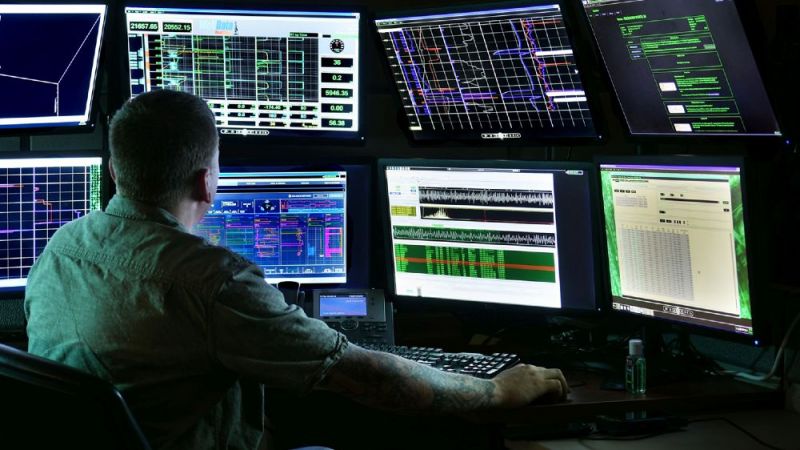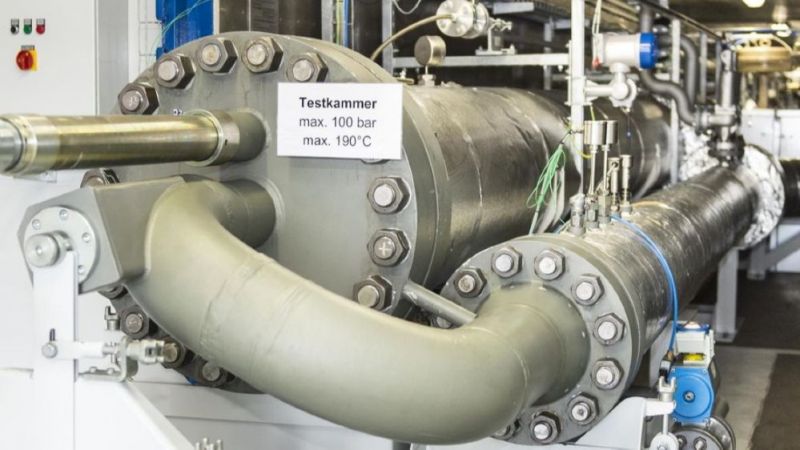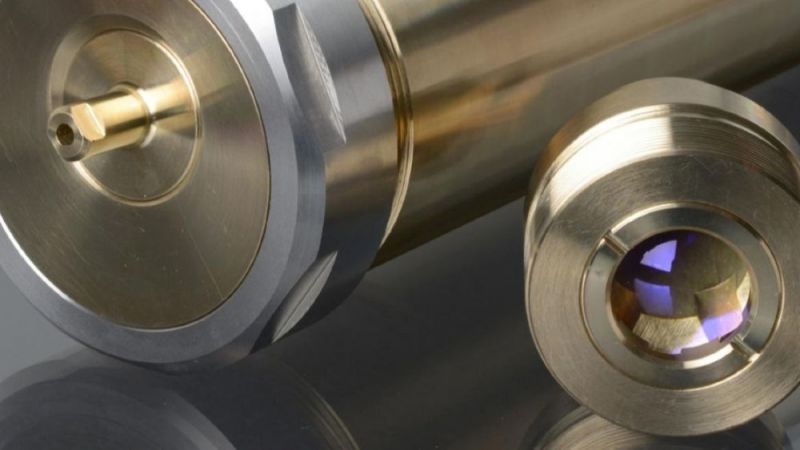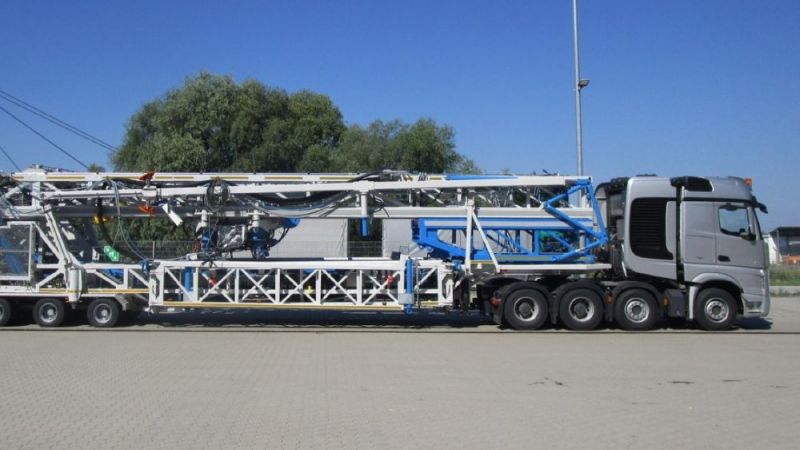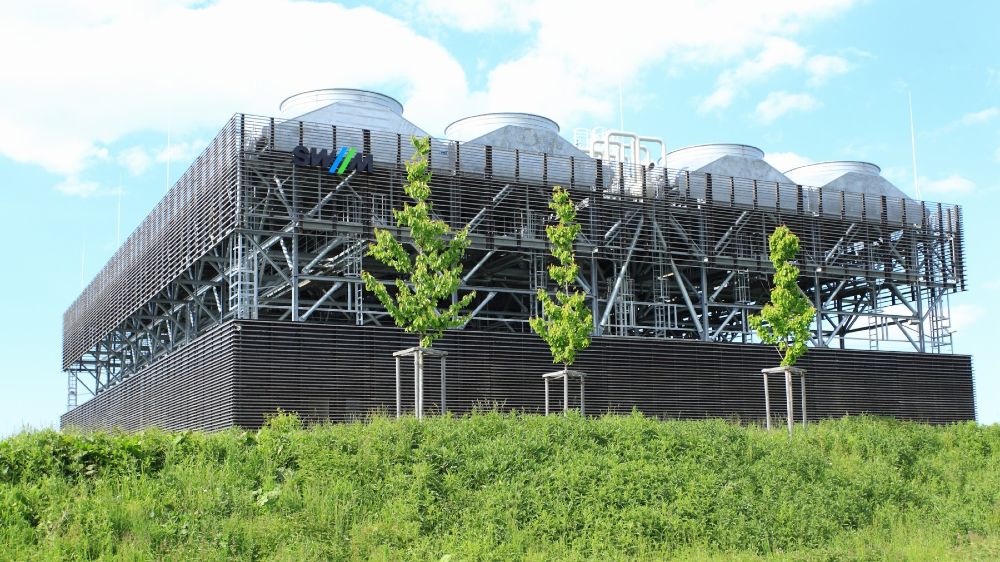
Geothermal energy
Geothermal energy is generally available everywhere and at any time. The Earth's natural heat flow, geothermal energy, can be used either directly as a heat source or as a source of energy to generate power.
The direct use of geothermal energy for heat supply is already commercially successful in Germany, for instance in the building sector with shallow heat probes or collectors in combination with heat pumps, as well as for supplying entire districts by means of deep drilling. According to the German Geothermal Association, over 470,000 shallow plants currently generate a thermal output of around 4,700 megawatts. In 2022 alone, around 31,000 such plants were newly installed. In addition, more than 40 heating or combined cogeneration plants in the field of deep geothermal energy - from depths of more than 400 metres - generate a further 417 megawatts of heat output.
The amount of power generated in Germany from geothermal energy has so far played a secondary role compared to heat generation. This is because it takes temperatures of 150 to 200 degrees Celsius to generate power from geothermal energy. The geological conditions in Germany mean that this requires deep boreholes of up to five kilometres, which is not only costly but also poses many scientific challenges. According to the German Geothermal Association, the 12 power and cogeneration plants currently used to generate power have a combined installed electrical output of less than 50 megawatts.
Focus on cost reductions
In addition to further expanding the heat supply, the aim of research funding is to promote geothermal power generation. In 2022, the German Federal Ministry for Economic Affairs and Climate Action (BMWK) funded 110 ongoing projects with 18.6 million euros and newly approved 22 projects with a funding of just under 20.7 million euros.
The research work ranges from the exploration of deposits to deep drilling, the design and construction of geothermal power plants and detailed material questions. The primary goal is to make the required processes more cost-effective and thus make geothermal electricity generation more economical.
Innovative drilling techniques represent an important part of the research topics, as drilling accounts for the majority of the initial investment of a geothermal power plant. The preliminary exploration of the site is also particularly important. While it is possible, for example, to measure the existing wind directly in the case of wind power and calculate relatively accurate forecasts for the respective location, geothermal energy is dependent on indirect measurements. Only after drilling is it known whether the forecasts for the available heat were correct and whether the investors put their money to good use. Knowledge of the geological layers of the substratum, the thermal and hydraulic properties or the thickness of the rock layers that are of geothermal interest is therefore essential for identifying suitable locations. The operation of a completed geothermal power plant that has to handle hot saline thermal waters including sands, fine gravel and precipitation also continues to pose challenges for scientists. For example, the research team of the ZoKrateS project is showing how the energy of hot rock strata can be made accessible through hydraulic stimulation in order to develop a site for geothermal energy.
Technology from Germany leads the world
Research and development over the past decades have contributed to making Germany a global technological leader in geothermal energy. This results in considerable export potential, especially for medium-sized enterprises, for example in drilling rigs, deep pumps, high-temperature electronics, engineering and process expertise. Furthermore, Germany is also actively involved in international organisations such as the International Energy Agency (IEA) or in European programmes such as GEOTHERMICA, in order to disseminate and further develop the required technology.


